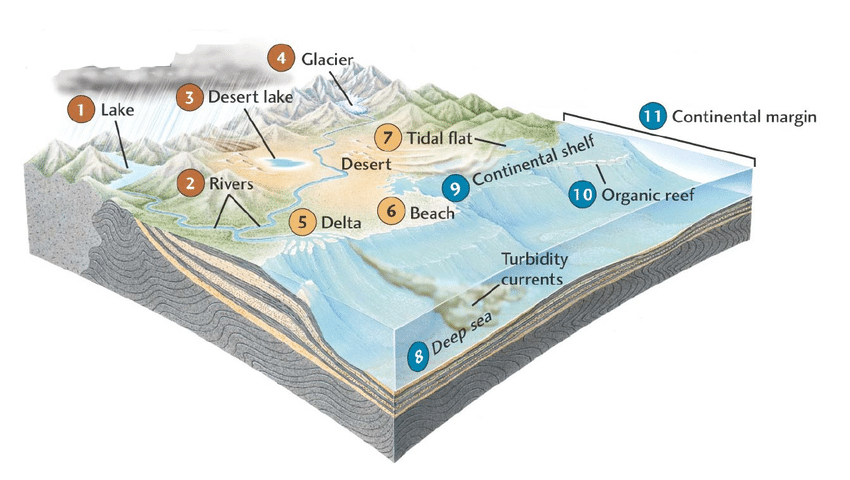The ABILA LOS Committee definitions include 26 terms appearing in
UNCLOS Article 76, which defines the continental shelf. These are:
adjacent coasts, bank, basepoint or point, cap, chart, continental rise,
continental slope, deep ocean floor, due publicity, foot of the continental
slope, geodetic data, isobath, latitude, line of delimitation, longitude,
oceanic ridge, opposite coasts, outer limit, rock, seabed, sedimentary
rock, shelf, spur, straight line, submarine ridge and subsoil. Many of
these terms refer to physical phenomena, but the meaning of some of
them appears less “solid” than the meaning of “mile,” discussed above.
Indeed, the meaning of some of these terms could change with evolving
scientific knowledge.
Determining the outer limits of the continental shelf beyond 200
miles from baselines presents particularly difficult challenges. This
issue has been the subject of work in the Commission on Legal Issues
of the Limits of the Continental Shelf (CLCS) and in the ILA Committee on the Outer Limits of the Continental Shelf. The work of these organizations and other expert bodies — the International Hydrographic Organization, on whose studies Professor Walker has relied, and other expert organizations (the Association for Geographic Information and the American Geological Institute) — could lead to a consistent understanding of the concepts being defined.
However, the meaning of some terms, such as “oceanic ridge” and
“submarine elevation,” could change in light of changing scientific
knowledge. Judge Dolliver Nelson, who chaired the ILA Committee on
the Outer Limits of the Continental Shelf, has argued that the CLCS
should “take the evolution of these scientific and technical terms into
account,” and that the concepts “were not intended to be static but by
their very nature evolutionary.” While the concept of “mile” discussed
in Part III.D.2.a appears quite settled, the same may not be true
of other terms describing some geographic realities. A broadly worded
definition, such as that of “oceanic ridge,” which the ABILA LOS
Committee defines as “a long elevation of the ocean floor …,” might
encompass a range of new scientific understandings.
Determining the meaning some terms related to the continental
shelf may well be politically sensitive. For example, there are likely to
be disputes over just what does and does not constitute an “oceanic
ridge.” The term is important, since under UNCLOS Article 76(3) “the
deep ocean floor with its oceanic ridges” cannot be considered part of
the continental margin. The CLCS has compiled a nonexhaustive list of
eight different kinds of ridges derived from different geologic processes.
Instead of defining just which of these ridges were “oceanic
ridges,” the CLCS concluded that “the issue of ridges” should be “examined
on a case-by-case basis.” In some areas, geologic formations
that may literally conform to the ABILA LOS Committee definition of
an oceanic ridge could include rocks intruding into a continental margin
along a fault line. Should these intrusive rocks still be considered
part of the oceanic ridge and thus excluded from the continental margin?
In other areas, formations that may satisfy the LOS Committee’s
proposed definition have islands on them. Concluding that an island is
located on an “oceanic ridge,” rather than on some other type of submarine
elevation, could have important implications. UNCLOS Article
121(3) provides that islands capable of sustaining human habitation or
economic life shall have their own continental shelf. If an island is
located on an “oceanic ridge,” however, Article 76(3), read in conjunction
with Article 76(1), appears to limit the island’s continental shelf to 200 nautical miles. Should the geologic formation on which islands sit be deemed an “oceanic ridge”? Would that conclusion sufficiently
acknowledge Article 76(1)’s emphasis on the continental shelf as the “natural prolongation” of land territory? It is not clear that the ABILA LOS Committee definition of “oceanic ridge” will help resolve the questions noted above. Adopting geologic or geomorphologic definitions as legal definitions can be a sensitive matter, particularly with respect
to definitions relating to the continental shelf.

